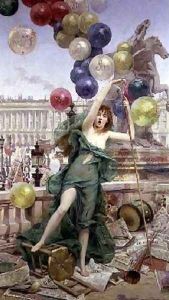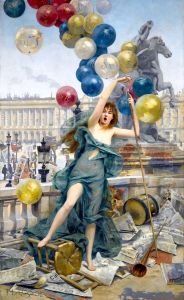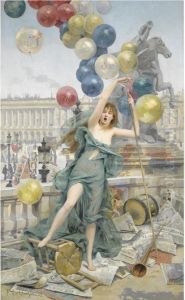Fernand Le Quesne Paintings
Fernand Le Quesne was a French painter, born in 1856 in Paris, France, and passed away in 1952. His career spanned the late 19th and early 20th centuries, a period marked by significant transformations in the art world. Despite being less renowned than some of his contemporaries, Le Quesne made notable contributions to the art scene of his time, particularly in the realms of portraiture and landscape painting.
Le Quesne's early life was steeped in an environment that cherished the arts, which significantly influenced his decision to pursue painting. He studied under accomplished artists of his time, which honed his skills and helped him develop a unique artistic voice. His style evolved over the years, reflecting the influences of various art movements of his time, such as Impressionism and Realism, though he never fully committed to a single school of thought.
Throughout his career, Le Quesne exhibited his work in several prominent venues, including the Paris Salon, an essential platform for artists seeking recognition during that period. His paintings often depicted serene landscapes, bustling city scenes, and intimate portraits, capturing the essence of his subjects with a delicate balance of realism and impressionism. Despite his skill and the quality of his work, Fernand Le Quesne remained somewhat on the periphery of the major artistic movements of his time, which may have contributed to his relatively modest fame compared to some of his peers.
Le Quesne's contributions to the art world were not limited to his paintings. He was also involved in artistic circles that debated and shaped the course of French art in the late 19th and early 20th centuries. His legacy, while not as widely recognized as that of some of his contemporaries, is preserved in the collections of various French museums and in the private collections of those who appreciate the subtlety and depth of his work.
The death of Fernand Le Quesne in 1952 marked the end of a long and productive career. His life and work offer a fascinating glimpse into a period of transition in the art world, where traditional techniques met emerging modernist ideas. Le Quesne's ability to navigate these changes while maintaining his artistic integrity makes his oeuvre a valuable study for those interested in the evolution of French painting during a pivotal era in art history.



